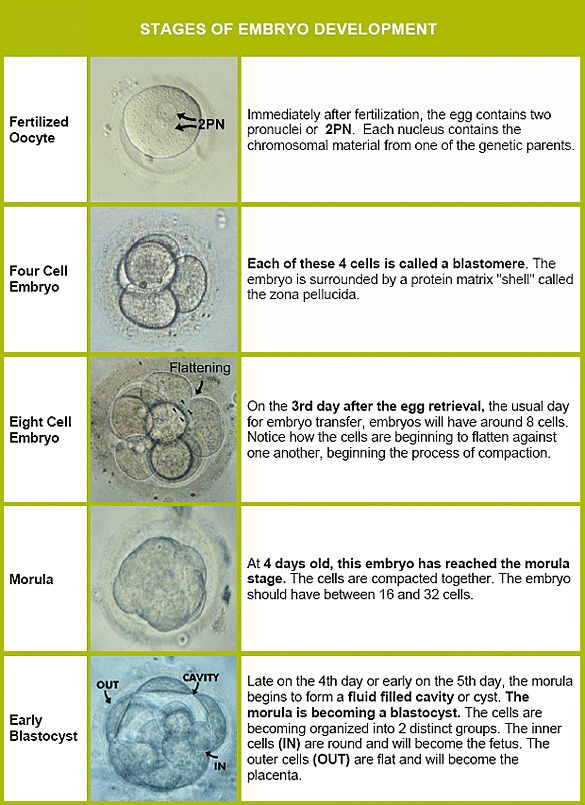embryo thawing process
Embryo thawing is the procedure to recover previously frozen embryos prior to an embryo transfer. If there are remaining embryos or there is a situation where a.
We would always counsel on the risk of a failed thaw.

. We simply take your embryos out of liquid nitrogen and warm the embryos up quickly to body temperature. Embryo thawing is a process where embryos are warmed from a cooled state to prepare for transfer to a uterus. Here you will find our products used to thaw embryos safely and carry on with bovine embryo transfer.
Generally almost nine out of ten embryos survive the thawing process Dr. When the timings right the clinics embryologist embryo specialist will. We remove the protective chemicals from the embryos that enabled them to be frozen safely.
Therefore during thawing the. Lets say a patient goes in for her IVF at the age of 33 and freezes some of the resulting embryos she said. We expect the majority of embryos to survive however some do not survive.
The embryos are then ready for transfer to the uterus. Rapidly thawing the embryo prevents any ice crystals from forming and damaging the cells. Nair says that one of the interesting benefits of FET for many patients is that its a little like freezing time.
The procedure involves removing eggs from the ovaries fertilizing them to create embryos letting them grow for several days and then freezing them. Slow freezing and vitrification. Embryo thawing is the reverse of the freezing process and involves warming the embryos to room temperature to allow the transfer back into culture media at 37C in CO 2 incubator.
Average quality embryos might not survive the process as well as higher quality ones. The embryo is warmed up much faster than it is cooled using air and warm water baths in as little as 20 minutes. There are two cryopreservation techniques.
And by extracting multiple embryos clinics can increase the chances of pregnancy. Embryo freezing is a procedure that allows people to store embryos for later use. More information Thermometer for CITO thawer.
Prepare warm water95F 35Cin thaw unit. Our thaw survival rate is approximately 96 for blastocysts. The embryo thawing technique itself depends on the freezing process that was used.
Filter sort Equipment CITO thawer 12220V Cito thawer used to thaw straws at the ideal temperature without damaging them. When she returns in a few years for an FET for her second baby her. In the former ice crystals are formed in a controlled manner using low concentrations of cryoprotectants and a gradual decrease in the temperature.
The process is safe for the woman and the transferred embryo although not all embryos survive the thawing process. The blastocysts are frozen and are class 1 and 2 quality. Multiple embryos are often created as part of an in vitro fertilization IVF procedure but only a certain number of embryos can be transferred to a uterus at one time.
Jason Barritt explains the thawing of embryos during the IVF process. Embryo thawing the last step of the cryopreservation process. Embryo thawing is the procedure to recoverrevive previously frozen embryos prior t.
What embryo thawing techniques exist. Usually top quality embryos are the ones who can withstand the process. Hi all Im currently undergoing my first donor egg IVF and my transfer will be within a week.
The embryos are thawed either the day before or on the day of the scheduled embryo transfer. At the time of thaw zygotes D3 embryos and blastocysts were removed from liquid nitrogen and held in the air at room temperature for 30 seconds followed by immersion into a water-bath at 30 C for 40-50 seconds. A person can also freeze eggs which are not fertilized.
Studies show that fresh and frozen embryos have the same success rates during IVF. The dish is then moved to a heated surface to complete the warming process. The thawing process essentially works in reverse.
Do all embryos survive the freezing and thawing process. The cryoprotectant is removed from the embryo and replaced with water rehydrating the cells. Set the liquid nitrogen tank on a level surface away from direct sunlight and wind.
When thawed the fertilized eggs embryos can be implanted either in the patient or in another person. After the embryo is retrieved from liquid nitrogen storage and all patient identifiers are checked it is placed in a prepared dish and processed through several drops of thaw materials. Room temperature should be between 60F and 80F 15C and 26C.
Mainly the criteria used to select embryos for freezing will determine a particular laboratory thaw survival rate. However there is still an excellent survival rate. You are then given medication to help prepare the womb lining for an embryo.

Pin On Fertility Infertility Journey

Do You Have The Right Fertility Diet Plan To Help You Conceive Fertility Diet Fertility Diet Plan Fertility Foods

Pin On Trying To Conceive Trying To Fall Pregnant

Pin On Fertility And Ttc Facts

The Actual Fresh Embryo Transfer Process Not The Good Time I D Always Imagined Getting Pregnant Would Be An Embryo Transfer Getting Pregnant Health History














0 Response to "embryo thawing process"
Post a Comment